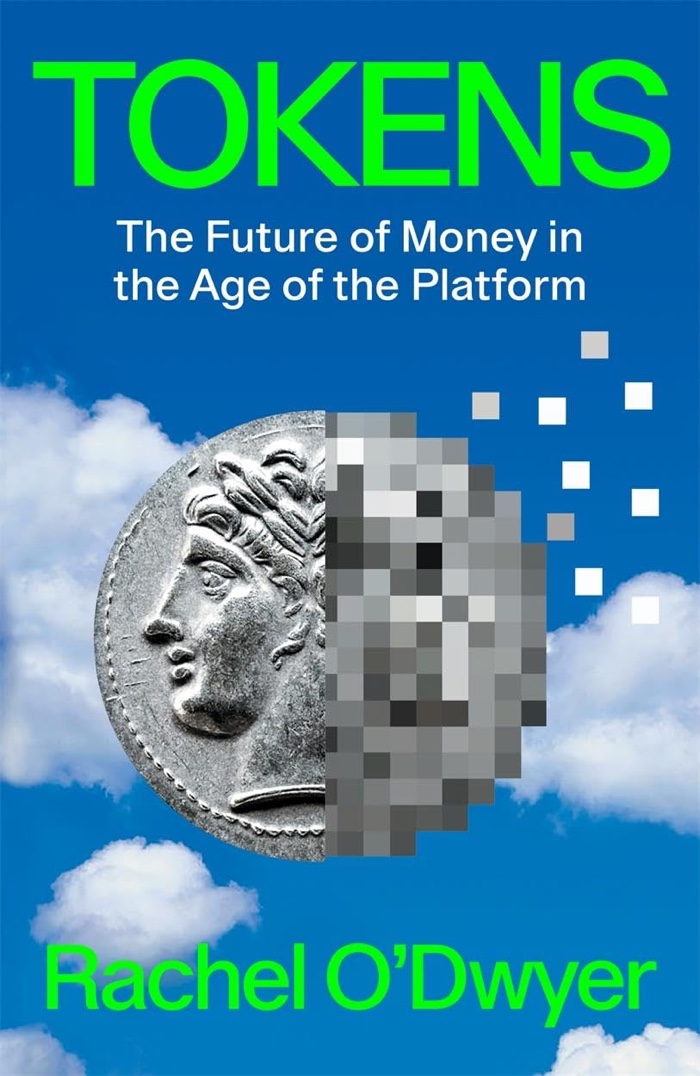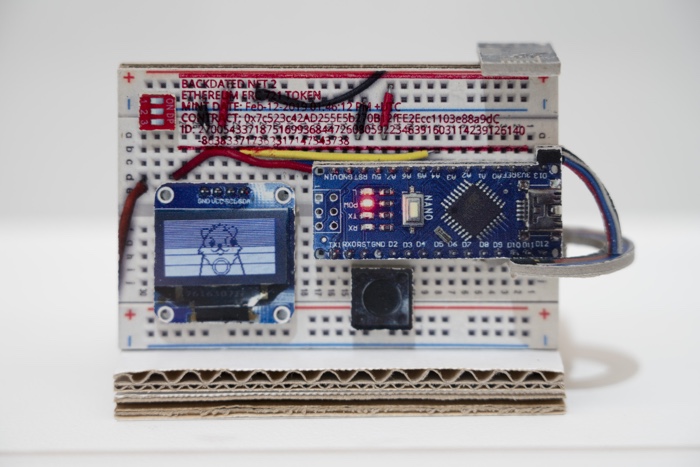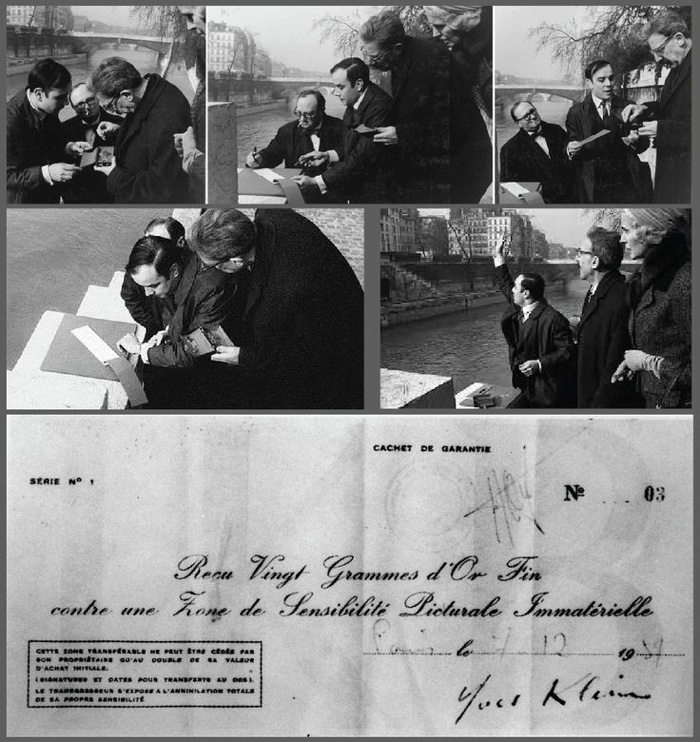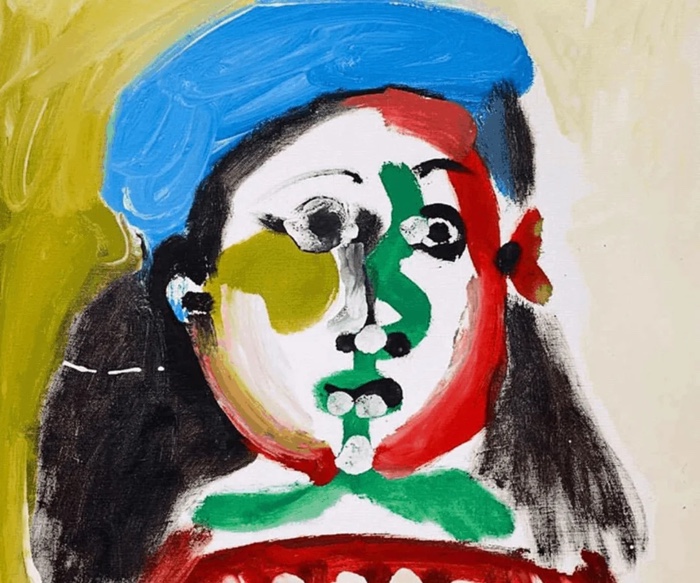Tokens. The Future of Money in the Age of the Platform, by Rachel O’Dwyer, a writer and a lecturer in Digital Cultures in the National College of Art and Design, Dublin. Published by Verso.

This book is about things that are almost but not quite money. Phone credit, shares, gift vouchers, NFTs, game tokens, loyalty points, customer data, etc. Although they are not money, tokens are now used to pay wages, reward, track purchases and to programme and specify the terms of financial access and inclusion. Amazon pays some Mechanical Turk workers in Amazon Gift Cards. Foreign remittances are sent via phone credit. Online games trade in multiple virtual currencies that have real-world value. Coined tweets and digital memes are sold for thousands. The Chinese WeChat and Alibaba operate the payments systems that are used by Chinese citizens and the data produced by their activities is used to underwrite credit. Tokens can go even further. They can also build up your reputation as a gamer, they can troll or celebrate, discriminate, stalk a person or control a user’s behaviour.

Simon Denny, Backdated NFT/ Cryptokitty Display Hardware Wallet Replica (Celestial Cyber Dimension), 2018, 2019, 2021

Kevin Abosch, Forever Rose, 2018

Jonathan Harris, One £20 from a £100 burn which took place on 22nd September 2017 in Leicester, England. Serial number unknown
Tokens might not be real money but they have very tangible social consequences. They allow the platform to be an employer without appearing to employ, to pay piece wages and process payments without having to meet the legal requirements associated with either and to make even more precarious the financial situation of invisible workers.
O’Dwyer’s book not only investigates the consequences of online platforms that act as new banks, it also raises fascinating questions about the future of money. Will money be programmable and tied to specific conditions in years to come? Who will produce and manage these scripts going forward – the state, the platform or a decentralised community? Can we design tokens that bring care for others or the planet into the economy? Are tokens doomed to operate in silos or will interoperability ever be possible? Will we be able to re-appropriate and customise to our own needs programmable tokens?

Yves Klein, Zones of Immaterial Pictorial Sensibility, 1962

Hito Steyerl, Duty-Free Art, 2016

Picasso, Fillette au béret, 1964. The first tokenized Picasso presented on the public blockchain
I knew almost nothing about tokens when I opened the book and yet I found it very enjoyable. Arcane concepts become crystal clear, texts are nuanced and O’Dwyer’s opinions leave no space for ambiguity. She has a great sense of humour and a genuine curiosity for tokens. I particularly loved how she mixes robust academic knowledge with personal experiences and anecdotes from history, art and news stories.
Reading this book is like being a roller coaster. One moment you smile at the author’s assessment of cryptobro events. Next, it is about the multibillion-dollar market economy of sperm and egg donation or about charities turning the poor into test subjects for future surveillance. Throughout the pages, you meet Jean-Paul Sartre, Margaret Atwood, The Catalan Robinhood, Yves Klein (whose Zones of Immaterial Pictorial Sensibility is compared to Decentraland), art dealer Stefan Simchowitz tokenising Ibrahim Mahama’s Outside of Borders installation, prison guards forcing Chinese inmates to gold farm in twelve-hour shifts, an unfortunate art collector whose very tangible Dan Flavin sculpture lost its value when its certificate of authenticity was burnt in a fire and First Nations people considering the possibility of opening an Indigenous cultural embassy in the metaverse to avoid the land grabs that characterise the imperial world order.
